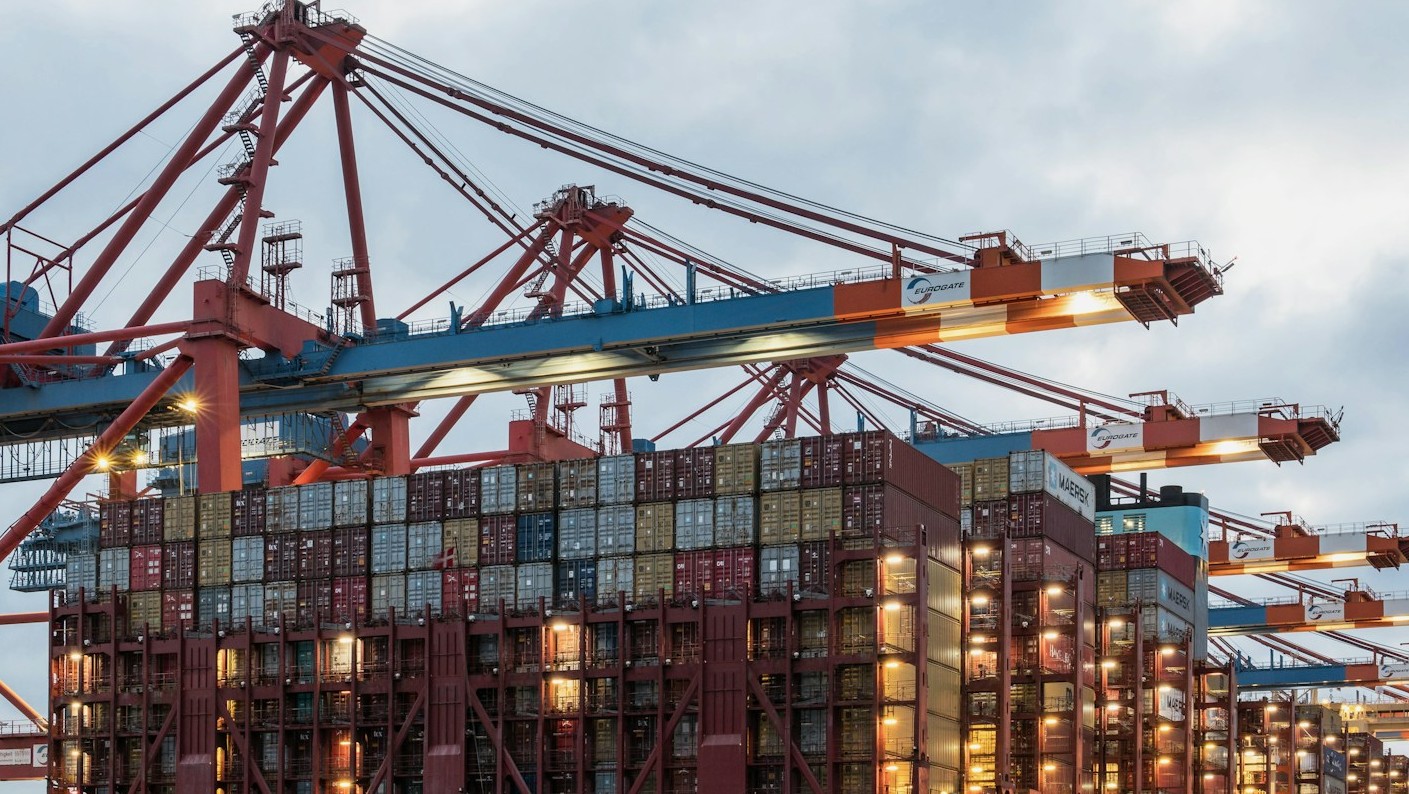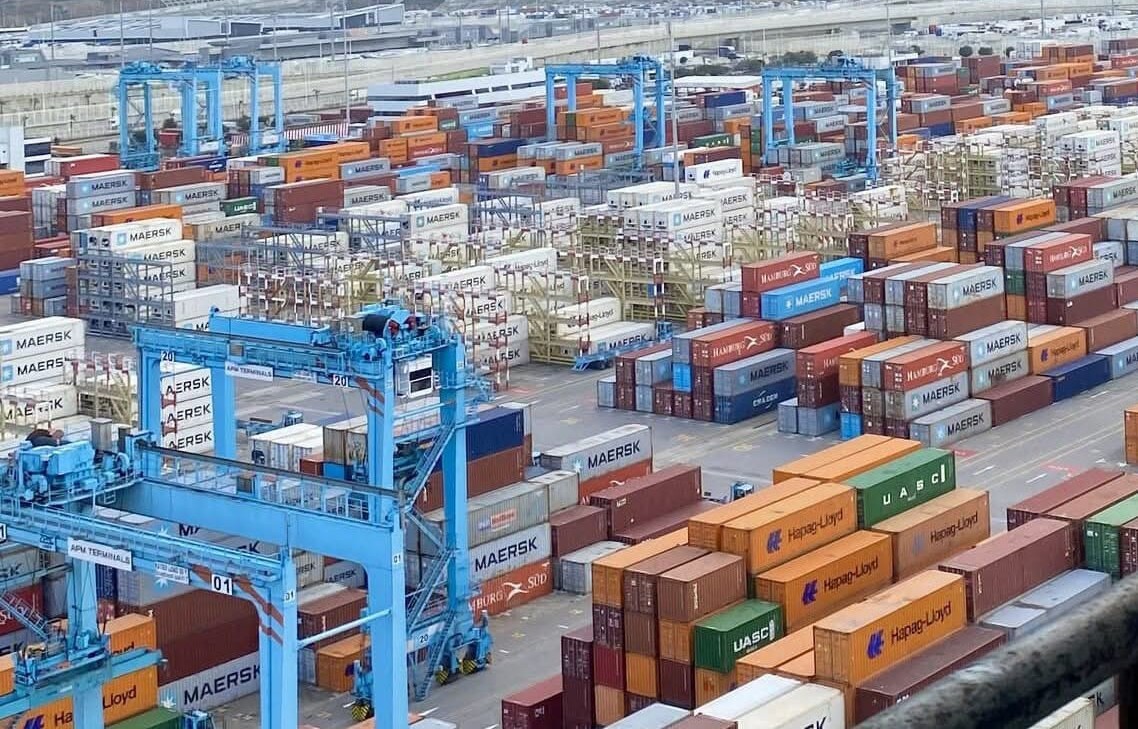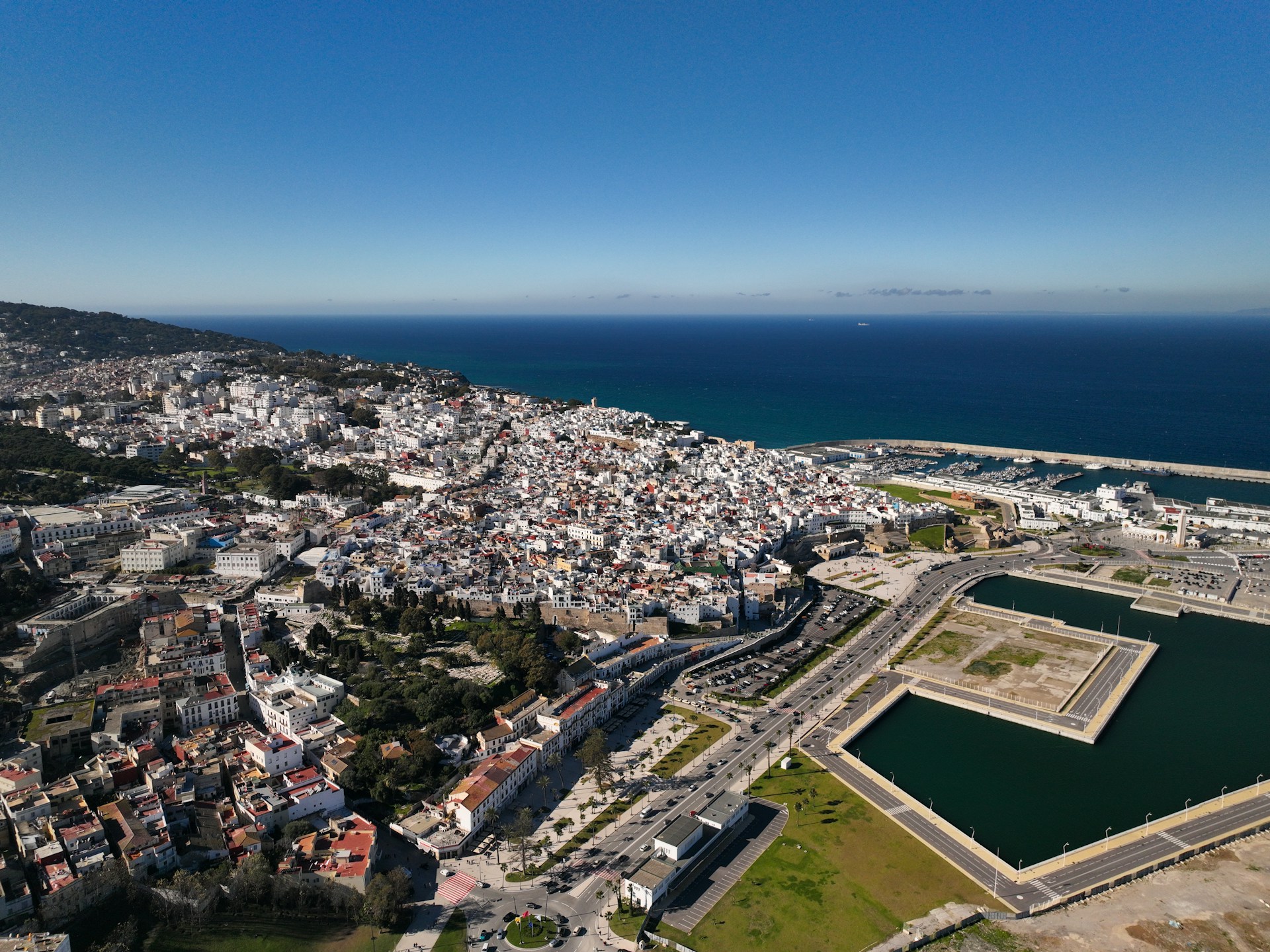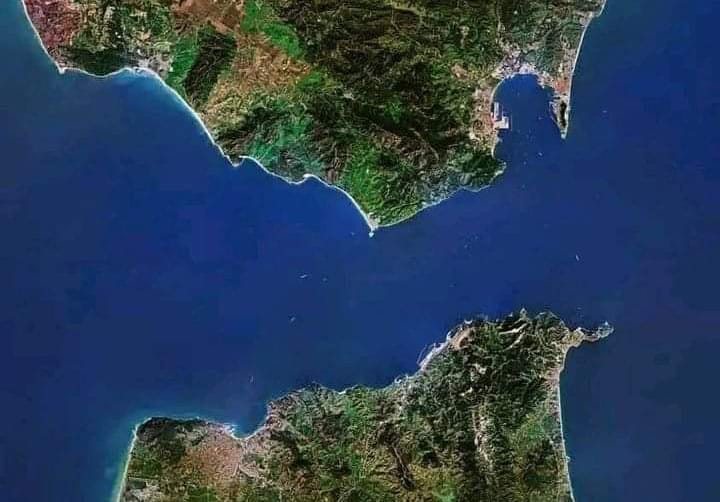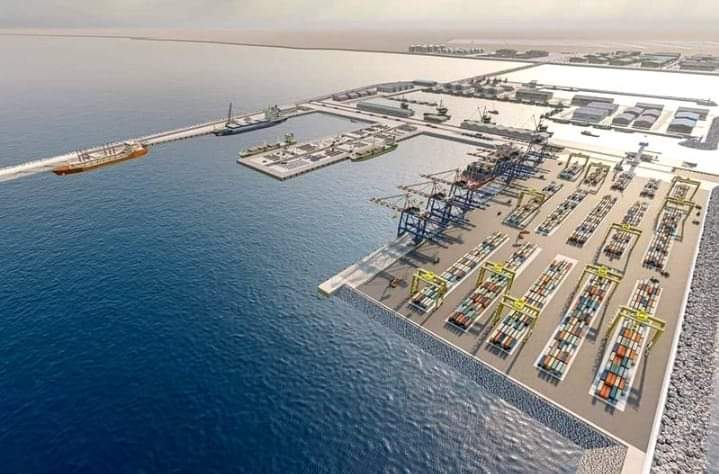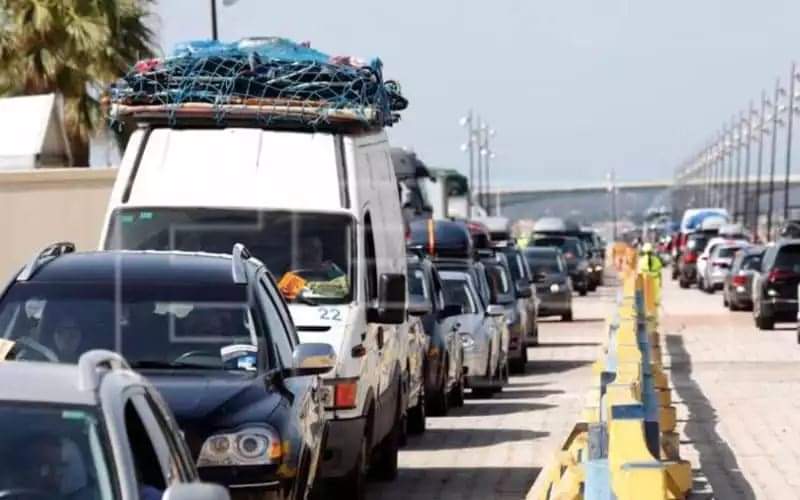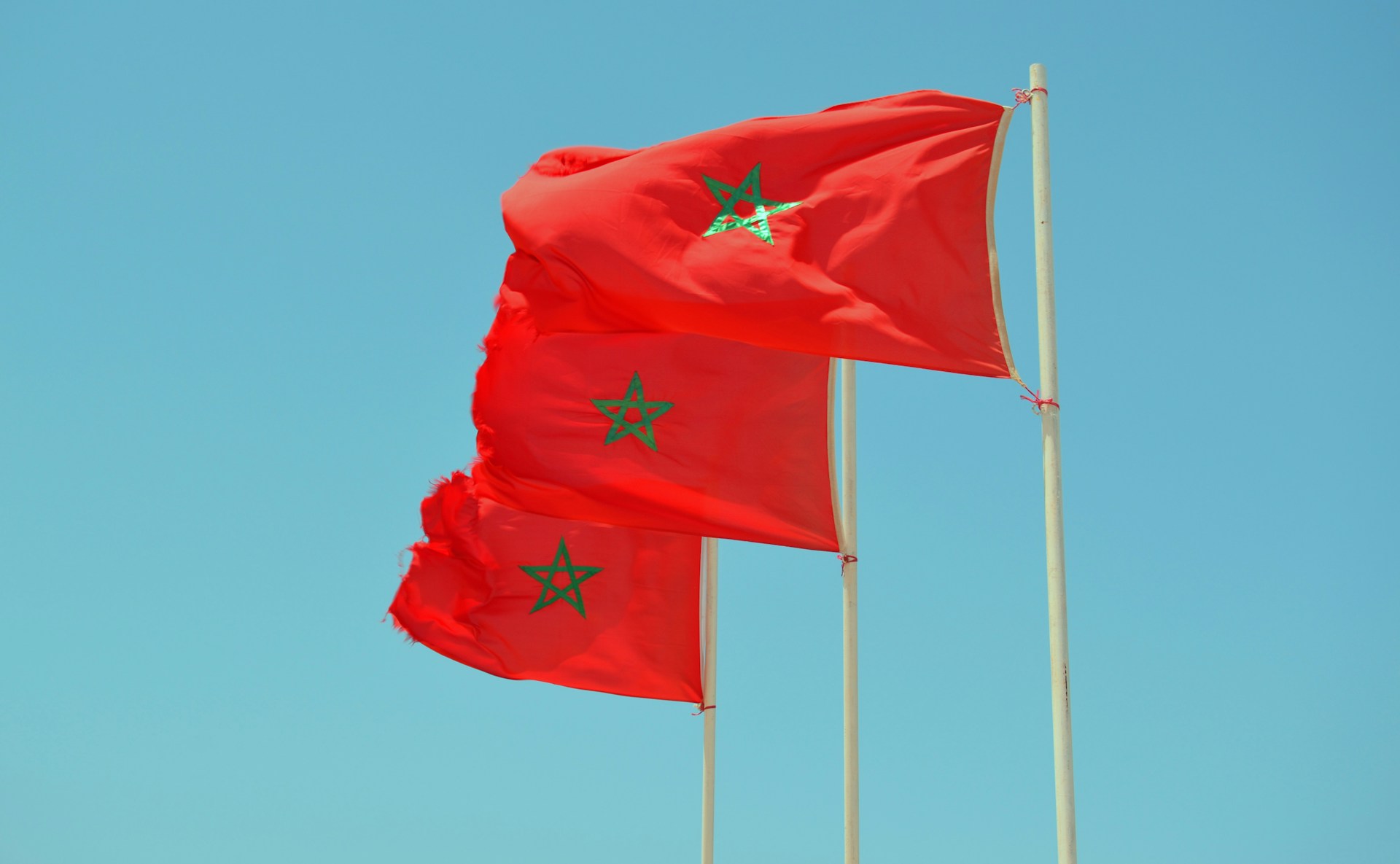Casablanca – The ambitious plan to construct a tunnel linking Morocco and Spain is taking significant strides forward as the Spanish government has recently issued a tender for the rental of four seismometers. This initiative aims to facilitate the geological studies necessary for the proposed tunnel, which has seen renewed interest due to evolving diplomatic relations between Rabat and Madrid.
Managed by the Spanish Society for Fixed Communication Studies across the Strait of Gibraltar (SECEGSA), under the Ministry of Transport and Sustainable Mobility, the tender seeks seismometers to be used in a six-month research campaign titled “Captain of the Ship Manuel Catalán Morollón.” This campaign is designed to investigate the seismic activity in the Strait, with the equipment set to be delivered to the Royal Institute and Marine Observatory in San Fernando, Cádiz.
The idea of connecting Europe and Africa via a tunnel dates back to 1980, when Spain and Morocco signed an agreement to explore the feasibility of such a project. Since then, extensive geological, oceanographic, and seismic studies have been conducted to assess the practicalities of construction. Notably, a deployment of three seismometers took place in 2014, revealing the potential for a 38.5 km tunnel stretching from Punta Paloma in Spain to Tangier in Morocco, with 27.7 km underwater.
Recent diplomatic developments have further invigorated the project. Relations between Spain and Morocco improved significantly in April 2022 following Spain’s support for Morocco’s autonomy plan for Western Sahara. A high-level meeting in Rabat in 2023 reaffirmed the commitment to the project, announcing a new phase of studies.
Additionally, the upcoming joint organization of the 2030 World Cup by Spain, Portugal, and Morocco has sparked increased interest in the tunnel project. SECEGSA has highlighted on its official website that this “fixed link” could result in substantial economic and social benefits for both Andalusia and northern Morocco, enhancing transport networks and fostering cooperation between the European Union and the Maghreb.
As the project continues to gain traction, it holds the promise of not only strengthening bilateral ties but also creating a significant infrastructure milestone that could transform connectivity between the two regions.
